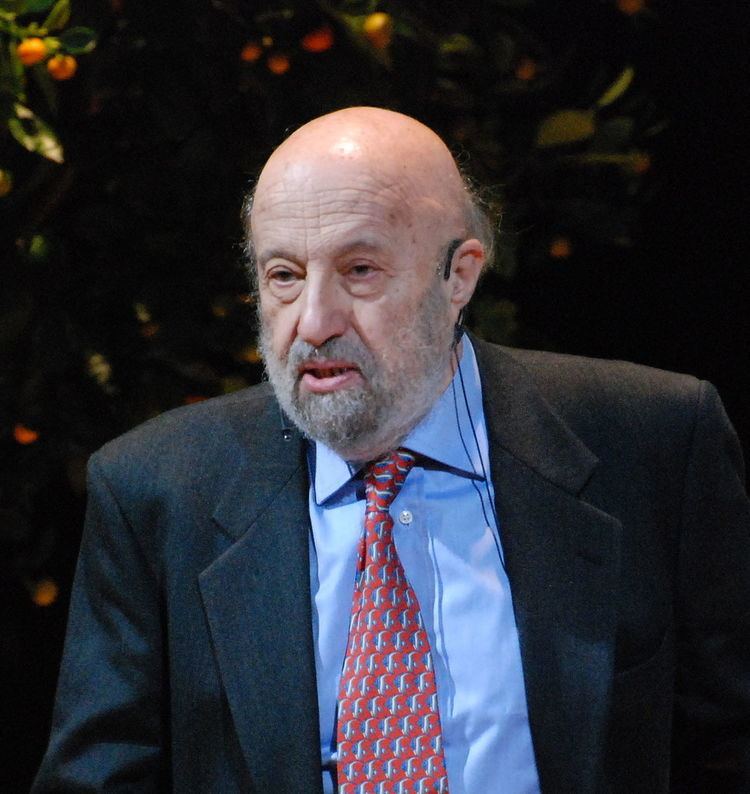Nationality Italian Name Giovanni Jona-Lasinio | Role Physicist | |
 | ||
Institutions Sapienza University of RomeUniversity of Padua Known for Spontaneous symmetry breaking Notable awards | ||
01 intervista a g jona lasinio per asimmetrie di a varaschin 17 1 2014
Giovanni Jona-Lasinio (born 1932), sometimes called Gianni Jona, is an Italian theoretical physicist, best known for his works on quantum field theory and statistical mechanics. He pioneered research concerning spontaneous symmetry breaking, and the Nambu–Jona-Lasinio model is named after him. At present, he holds a faculty position in the Physics Department of Sapienza University of Rome, and is a full member of the Accademia dei Lincei.
Contents
- 01 intervista a g jona lasinio per asimmetrie di a varaschin 17 1 2014
- Understanding non equilibrium some recent advances by giovanni jona lasinio
- Life
- Awards
- References
Understanding non equilibrium some recent advances by giovanni jona lasinio
Life
Giovanni Jona-Lasinio was born in Florence, Jewish on his father's side. From 1970 to 1974 he taught electrodynamics at University of Padua. Since 1974 he has been full professor at Sapienza University of Rome, where he teaches mathematical methods of physics. He spent several years abroad, doing his research also at University of Chicago (1959–60), CERN (1964–65), MIT (1965–66), Institut des Hautes Études Scientifiques (1980–81), Université Pierre et Marie Curie (1983–84). In 2004, the Journal of Statistical Physics, a scientific magazine about statistical mechanics, dedicated a special issue in honor of Giovanni Jona-Lasinio.
